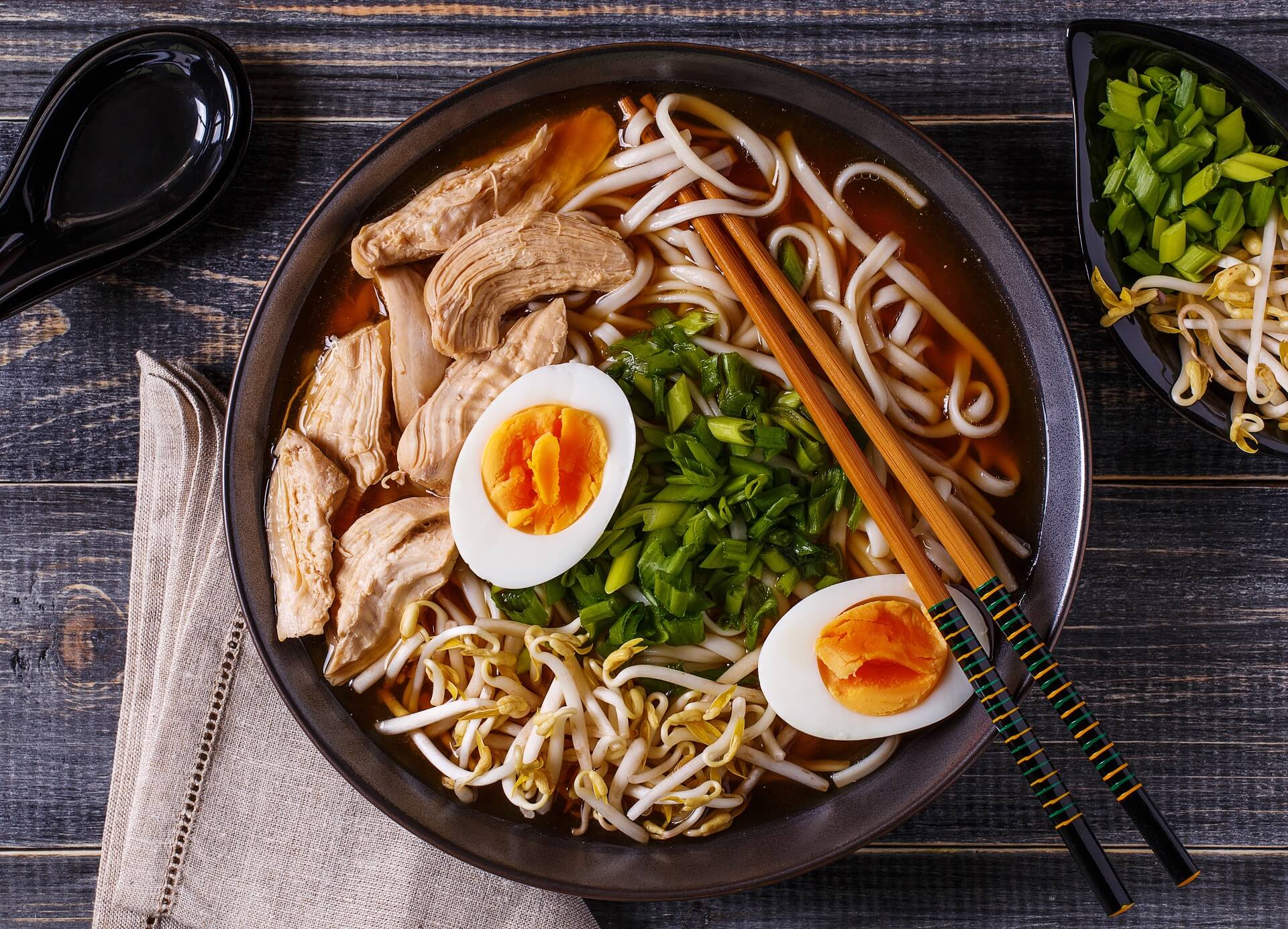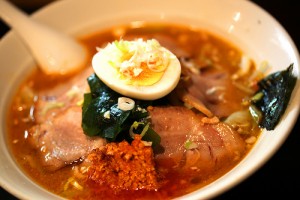Article written by Tokyo Travelers Guide
Ramen appears to be originated in China decades ago and claim to have migrated to Japan around the dawn of 1900s. Until 1950s, it was called Shina Soba meaning Chinese Soba. Today it is known as Ramen. Ramen became more popular during World War II when food became scares. Commercial varieties that are available in market appear to be introduced in 1958. Ramen became more popular in Japan around 1980s.
When we talk about Ramen, what comes to mind instantaneously is the store bought dried noodles with a packet of condiments that are sold at the supermarket for about 99 cents. True Japanese Ramen is completely different from the commercial variety. There are many different varieties of Ramen available in the market. However, a true Japanese Ramen is made by boiling bones, especially beef, pork or fish bones, for many hours. Therefore, traditional Japanese Ramen is white in color and has a rich milky taste. When refrigerated, it becomes gelatinized because of the collagen from bones.
Japanese Ramen can be served with many toppings and the level of spiciness vary dependent upon customer taste. Most Ramen is served with wheat noodles. Soy sauce or miso can add flavor to the broth.

